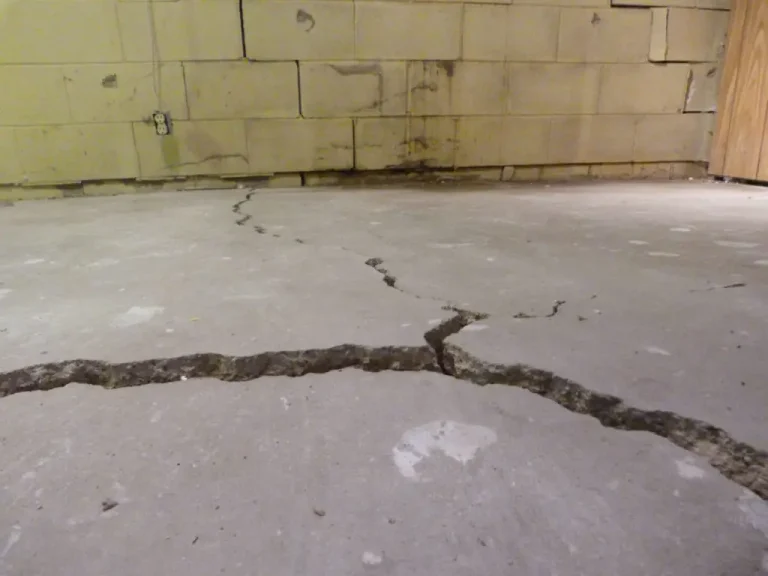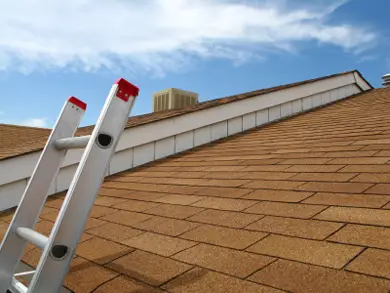- Video Watch Time = 6 minutes
Success in the workshop comes down to a bunch of skills – many of them small – that let you make good things happen. In today’s video I show the different options for stripping wire. This video is part of my course on building your own solar electric generator. Make emergency backup power without noise or fuel.
Click above to watch. There’s a video transcript below so you can study and learn more effectively.
VIDEO TRANSCRIPT: 00:00 Now, building a solar generator involves some basic electrical skills, and I want to show you one of the most basic here, and that’s stripping wire. You’re going to be dealing with two kinds of wire. There’s wire itself which just has insulation and a single conductor inside and what would be properly called cable which has more than one insulated wire inside. This is the kind of cable that you’d use to connect say the photovoltaic panel to the actual solar generator box with the equipment inside. You know the simplest way to get the insulation off and to expose the conductors is just with a utility knife like this. It’s just a matter of whittling away the insulation. Nothing to it, really. You just don’t want to go too far and cut into the conductor, although it’s not likely with a stranded conductor that’s this thick, but still, you don’t want to cut too much of that. There you go. It’s pretty simple.
01:19 Now, one thing I should mention. You should always use stranded conductor in this project. I can get wire like this that’s just a solid piece of copper, and that’s going to work but not so well with direct current. Direct current much prefers stranded wire like this because the current actually travels around the outside of each of the strands so you’re going to get more current carrying capacity from a stranded conductor like this. Now, another method, and it really doesn’t cost very much and it works very well is wire strippers. I really like this. I’ve had this for years. It works beautifully. You have to know the size of the conductor, and then you choose that appropriate little notch. This would be … I’m pretty sure it’s number 12 so we will put number 12 in here. This has got some pretty thick insulation on it but the conductor itself is number 12, so you just squeeze down like this and then give it a pull and the insulation comes off. It’s a little bit faster, and you’re not going to damage the conductor as well.
02:36 One very nice thing about wire strippers like these is that they’re also terrific tools for cutting small bolts and machine screws. You can’t just cut bolts with wire cutters or bolt cutters because it ruins the threads on the end, and that’s what this feature here prevents. If you can see in here the top part of these holes are threaded, so you thread the bolt in that you want, whatever size, 10-24 or 10-32 or 8-32. You thread it in as long as you want the bolt to be, and then when you squeeze the handles, it sheers off the bolt, and then when you take the bolt out because it’s threaded in the threads get cleaned up, so your bolt is ready to accept a nut or thread into an electrical box or some such thing. These bolt holes here are the kinds of things that go with small fasteners in the electrical world, and that’s why they include this on a pair of wire strippers like this.
03:41 A project like this solar generator will involve cables, and you’re going to need to get to the conductors to make the various connections. Stripping the wires inside of a cable is the same process as I’ve already shown you. You can use a knife or some wire strippers, but to get to those wires you have to do a little work with a utility knife. Now, you notice how the conductors are here, and then there’s some filler material all around them. You’re going to need to strip back some of the outer husk of this cable, and your first step is to make a slice through it where the tip of the knife comes through in the filler area. You don’t want to hurt the insulation on the wires, so you’ll need a flat surface to work on. You just do a little slice like this maybe not necessarily all the way through initially because you do want to be careful with this. You can’t go too deep. I think I’m all the way through now, so let’s just see. Not quite. Here we go.
04:57 Now I can start peeling back this outer husk, and I’m going to peel back more or less depending on how much I need. This might be to go into an electrical box or some kind of a connection with the wires coming through. When I’ve peeled back as much as I want, I’m just going to cut off the insulation all the way around so it comes free of the wires. You need a sharp utility knife for this, and you do need to be careful. There we go. Now, these filler strips can be trimmed away with the knife with the wire cutter. Once again, it’s just a matter of getting your wire strippers, choosing the right size, this is number 12, squeezing down and popping it off. Now you’re ready to make your connections.












